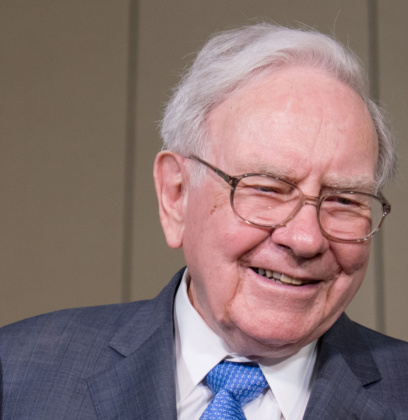
For investors in Australia, especially those looking for long-term growth beyond domestic markets, understanding the Berkshire Hathaway business model offers practical guidance. Known for its resilience, long-term value focus, and consistent returns, this model remains one of the most trusted structures in the investment world.
So, how and what makes Berkshire Hathaway’s business model so effective? In this article, we’ll break it all down: how Berkshire creates value, the strategy behind it, why all of it matters for Australians seeking global exposure, and how local investors can access its success without the usual headaches of investing offshore.
How Berkshire Hathaway’s Business Model Creates Value For Shareholders
Think of Berkshire not just as a holding company, but as a powerful, uniquely disciplined investment machine, one that has built a decades-long track record of compounding value. At the heart of this success are Berkshire Hathaway’s core values: honesty, integrity, and a steadfast commitment to long-term growth. These principles guide every decision, from acquiring well-established businesses to strategically deploying capital where it can deliver sustainable returns.
Supporting this philosophy is Berkshire Hathaway’s corporate structure, which relies on three key pillars:
1. Decentralised Subsidiaries
Berkshire Hathaway wholly owns and has partial stakes in businesses within a wide range of industries, from insurance and railroads to energy and retail. What is interesting here is not the diversity of its holdings but how hands-off Berkshire is, with each subsidiary largely self-governed, operating with minimal oversight from Berkshire’s HQ.
This approach gives subsidiaries operational autonomy and flexibility, allowing them to make decisions quickly to adapt to their markets. It also empowers leadership by fostering accountability and reducing bureaucracy to enable more opportunities for sustainable long-term growth. Overall, Berkshire has been celebrated for its decentralised approach, for much of its long-term success is attributed to this management style.
2. Capital Allocation at Headquarters
Berkshire Hathaway gives its businesses the freedom to manage their daily operations; things like staffing, marketing, and production are handled by each company’s management team. But when it comes to deciding where the company’s overall money (capital) should go, that’s dealt with by Warren Buffett and his team at the top.
Instead of sitting on cash or paying out significant dividends, they focus on reinvesting in businesses with strong long-term growth potential and high returns on invested capital. That might mean buying entire companies, or buying a ‘part interest’ in a business, i.e. buying publicly traded securities (like Apple, American Express, or Amazon) or deciding to wait patiently until the right opportunity arises. While typical corporations distribute profits to shareholders or chase quarterly results, Berkshire reinvests intelligently, thinking of long-term success while avoiding short-term noise or distractions.
This strategy has been a significant part of Berkshire’s long-term success, which is why at Global Masters Fund, we aim to mirror this disciplined capital allocation approach, helping Australian investors tap into high-quality global businesses without the headaches.
3. Insurance Float
This part of Berkshire’s business model might sound a little complex, but it’s one of the key reasons it stands apart. At its core is a concept called “float”, a term that often gets glossed over but plays a crucial role in how the company builds long-term value.
When an insurance policy is sold, the premium is collected upfront, but the claim, if there is one, may not be paid out for months or even years. In the meantime, that money stays on the books and can be invested. Multiply that by the scale of Berkshire’s insurance operations, and you get a significant amount of low-cost capital to deploy.
Unlike traditional investment firms that borrow or raise capital through new shares, Berkshire taps into this float to buy long-term assets, from blue-chip stocks like Apple to entire businesses like BNSF Railway. It’s a structural advantage that fuels growth without debt and compounds over time.
It’s not just smart, it’s scalable. And it’s one of the reasons Berkshire’s model remains so resilient, even in unpredictable markets.
At Global Masters Fund, we recognise the strength of cash flow-driven models like Berkshire’s, which is why we include it as part of our diversified global portfolio for Australians.
Why Berkshire Hathaway’s Business Model Matters for Australian Investors
Investing in US companies isn’t always as accessible and straightforward from Australia. Between currency fluctuations, international tax regulations, and platform fees, it can feel like more hassle than it’s worth.
That’s where Berkshire’s business model really shines. It offers something rare in the investing world: accessibility, quality, stability, and growth wrapped into one. For Australians looking to diversify globally, Berkshire provides an anchor that doesn’t require constant babysitting or jumping in and out of trades. It’s a proven strategy that rewards patience and discipline with long-term results.
Want Berkshire Hathaway exposure without the complexity? Contact Global Masters Fund to learn how our strategy gives Australian investors access to one of the world’s most successful companies.












